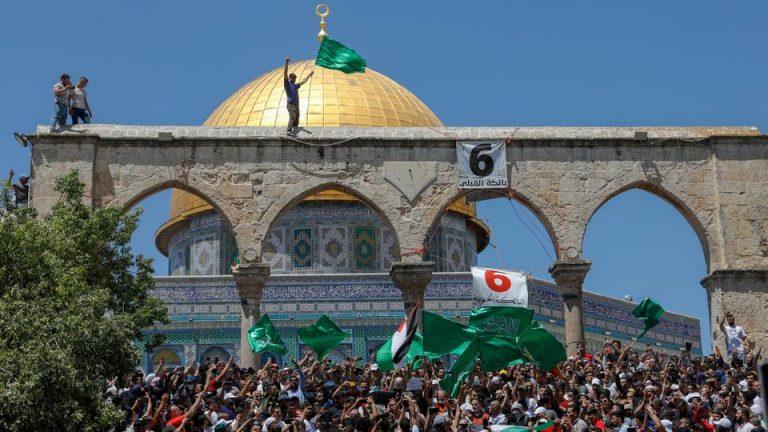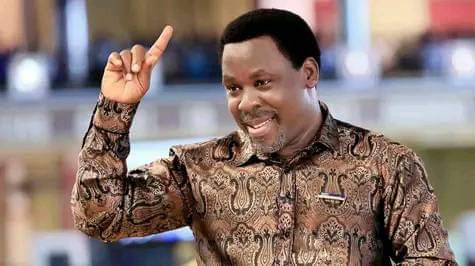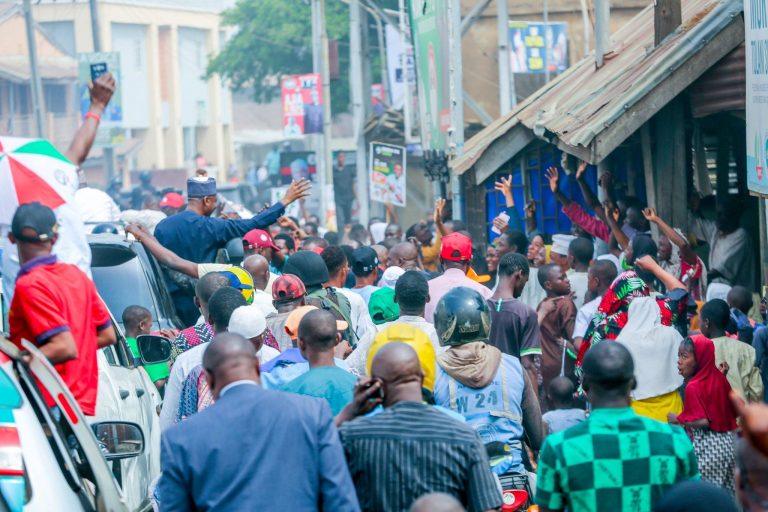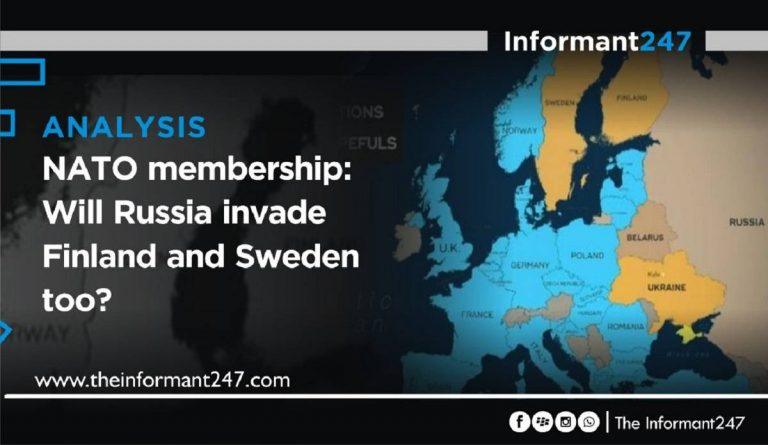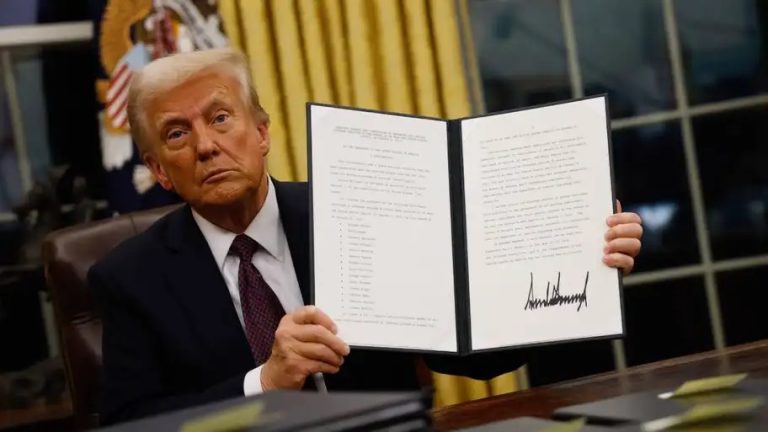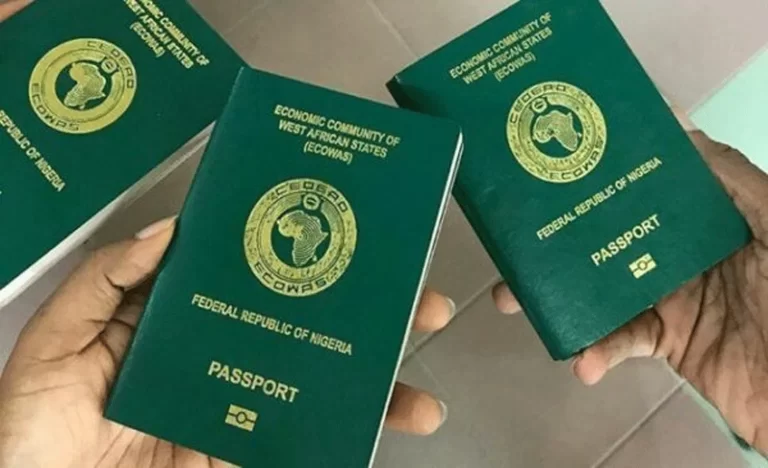Syria’s new political reality and ‘endless’ stream of conflicts
Syria is back in international headlines. Rebel forces at an unprecedented speed broke Assad’s hold on crucial cities and declared Damascus as “liberated”. This triumph heralds a seismic shift and places the nation on a tortuous path to transition. President Assad is now a man of the past; however, Damascus faces a new chapter of violence – both from within and outside that could offset streams of conflict and plunge its fate deeper into the abyss.
Build-up
On November 28, a coalition of anti-Assad forces spearheaded by Hayat Tahrir al-Sham (HTS) launched a well-orchestrated offensive from their stronghold in Idlib towards Aleppo, Syria’s historic and commercial centre. The Islamist rebels breached Aleppo for the first time since 2016 to win back control from the state. Other cities fell to rebel advances like a pack of cards and the results are indeed there for the world to see.
Per UN reports, over 115 people were uprooted from their homes within that period, and in more than a decade of war, over 300,000 civilians have lost their lives with half of the nation’s population displaced. This conflict, one of the world’s deadliest, dates back to 2011 and has since evolved into a complex, multi-sided war with deep political, sectarian, and ideological undertones.
Undertones
Syria is located in the heart of West Asia, making it a nation of value and geo-strategic importance. For over five decades, the Assads and a handful of powerful elites controlled the levers of power. Under the Assads – father and son, social malaise such as economic inefficiencies and corruption were prevalent in Damascus. This translated into public demonstrations and in 2011, the locals turned against the Assads in what was part of a wave of uprisings across the Middle East and North Africa known as the “Arab Spring”.
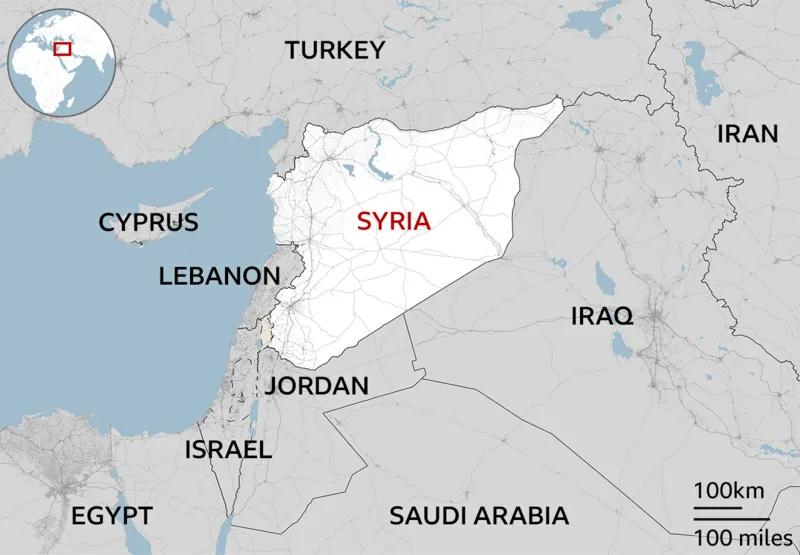
Protesters demanded reforms but their demands were rebuffed. President Assad fired the first shot of the war. Rebel forces took to arms and all that followed was utter chaos and destruction. What was civil at the onset morphed into a complex conflict with multiple actors – state and non-state – all in Syria to settle their scores.
Parties
These rebels, which Assad labelled as “terrorists”, received support from NATO states and several Gulf monarchies. On the other side, President Bashar al-Assad and his forces garnered substantial aid from Russia, Iran, and numerous powerful Shia militias, with Hezbollah being one of the most prominent contributors.
There was also the Islamic State of Iraq and Syria (ISIS) in the mix. ISIS recalibrated in 2014, exploited the chaos, and took over the popular rebellion. The Americans at this point were drawn in. It took a while to beat back and crush the ISIS forces.
Since the very start of the war, President Assad had one objective in mind: staying in power, Russia’s entry in 2015 tilted the balance in his favour, but peace eluded the nation. The bullets never ceased. While President Assad had 60 percent of the nation, including Damascus the state capital in control, other parts of the nation were out of his reach. With his ouster in December 2024, the political map of Syria is now redefined.
Territorial Divide
For now, there’s no centralisation of power in the nation; the lands are contestable. The Syrian Democratic Forces (SDF) primarily led by the Kurdish militia known as the People’s Protection Units (YPG), controls most of northeast Syria. This area includes parts of Hasakah, Raqqa, and Deir ez-Zor provinces. The SDF has also been supported by the US in the fight against ISIS.
Syria’s northwest is controlled by factions under the umbrella of the Syrian National Army (SNA), backed by Turkey. Hayat Tahrir al-Sham (HTS) controls Syria’s main cities, including Homs, Hama, and Damascus. There are smaller areas controlled by unidentified militias, including ISIS remnants operating clandestinely in the Syrian desert. Other localised actors exist in some areas, but they are typically subordinate to larger factions. This geographic redefinition presents more complications.
Fears
Most of Syria is in ruins. Rebel forces are not a homogenous group. While some are hard-core Islamists, others are moderate and the tendencies for political fissures cannot be ruled out. Under President Assad, Syria was a secular state but with his ouster, the question remains: on what principles, ideas, and policies would Damascus be administered? This is a source of concern. The HTS on its part is a former al-Qaeda affiliate that broke ties in 2016 but remains on the terror list of the US, EU, Russia, and the UN. The persistent classification of HTS as a “terrorist” could hamper its prospects for political acceptance and limit its position to court external support. For Damascus to chart a unified path in a post-Assad era, substantial efforts must be made to address this and foster inclusive solutions for all stakeholders.
Part of the reason Syria found itself in a political mess is the presence of international powers. Putin’s support for Assad came from the Mediterranean where Russia maintains a naval base. Moscow also possesses an air base at Khmeimim from where it calls the shots and plays a globalist role. Both facilities have been utilised in combat and could serve as potential targets for rebels. Moscow could lose its foothold in and around the Mediterranean if rebel forces prevail. Russia’s response to a potential hit is one to anticipate.
Iran is a powerful Shia Islamist state. With Assad’s ouster, the consequences for Tehran centres on its influence in the Middle East – both political and religious. Its idea of Islam and regional clout could be on the back foot if Shiism is not factored or allowed to thrive in the post-Assad era. Tehran’s action and inaction could define Damascus’s fate. There are also fears of the rise of terrorism. The US sent troops into Syria to beat back the rise of ISIS and with Trump’s impending return to the White House, the US will not hold back if radicalism resurfaces. This would destabilise the nation even further.
Turkiye is home to over three million Syrian refugees and its leadership rejoices over Assad’s ouster. However, this could mean a whole lot for the NATO state. Ankara and Washington are on two opposing sides in Syria. While the US courts the support of the Kurdish-led SDF in its fight against terrorism, Turkey labels them “terrorists” and presses to beat back the Kurdish idea of statehood. One thing is clear: Turkiye is not ready to pull out of Syria for now and this presents an even more complex situation for Damascus’s political future.
Israel on its part feels insecure about what comes next following Assad’s collapse and has responded with aerial bombardment of weapon and ammunition depots across Syria.
Precarious landscape
External players are still using Syria to settle their scores. The struggle for control in the post-Assad era has just begun. It is in a situation that is hard to see a way out. Whoever assumes power in Damascus will be forced to navigate a precarious landscape, balancing the conflicting interests of both local factions and international powers.


